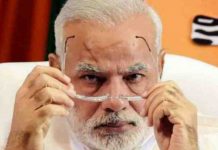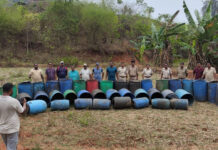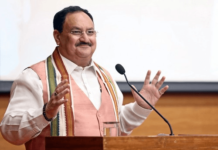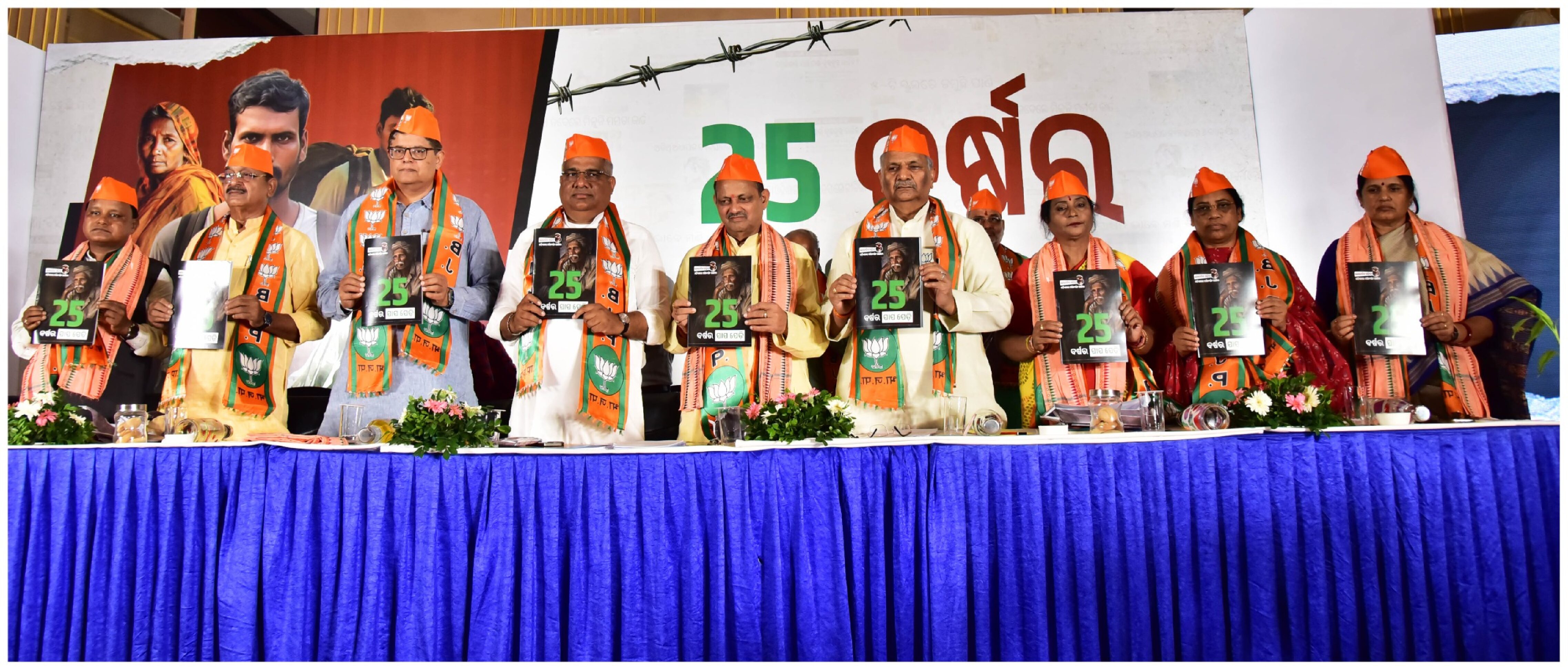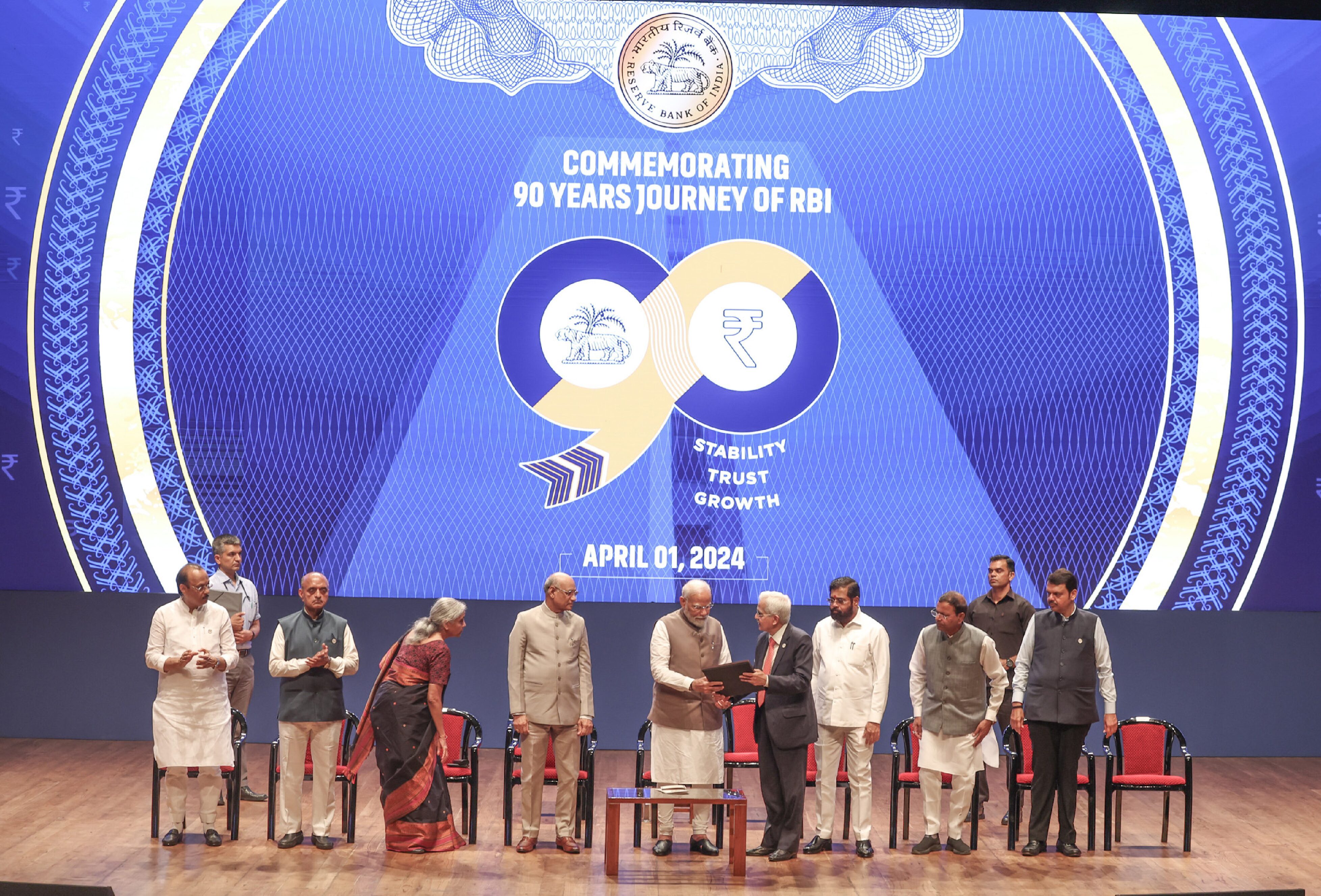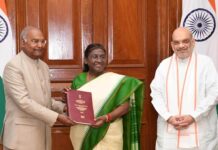Odisha is passing through transition. Globalisation has opened avenues for MNCs to come to Odisha and explore its inherent treasure. On the other hand, the developmental activities including tourism in the state, has encountered resistance due to the recent abduction of Tourists by Maoist Terrorists in the state. While Odisha is celebrating its 76th Utkal Divas on 1st April 2012, Historian S.M. Gani, an eminent Travel Consultant from Odisha, revisits Odisha.
In the last few decade, it has become something of a summer rite, to head to the Puri-Konark beach, the Indian Riviera. Millions of tourists, their mind set on lovely long days in the cool breeze, pour on to the stretch of golden sands that wraps around the Bay of Bengal from the Shri Jagannath Temple to the Sun God’s Temple at Konark.
Devotees from all corners of the country are visiting Puri for over a millennium. The present 65m high temple was built during the early 12th Century. The British
Forces occupied Odisha in 1803. They identified Puri as a place to escape the harsh summer of inland provinces. The slumberous climate of the Bay during winter was the perfect setting for celebrating Christmas. The native rulers, the Maharajahs and Zamindars of Eastern India lapped up the British discovery. Intellectuals and the aristocracy of Kolkata, the then capital of British India, which had adopted Puri as its summer resort, soon, patronised it. The beaches, the blue water, the wind, of course are ageless. The ideal of openness and its range is so wide that it takes one to horizon where the sea meets the sky.
The massive chariots of Lord Jagannath, His sister and that of brother were so large and impressive that the English rulers associated anything big and powerful as “juggernaut”, as symbols of might. The word was later on included as a word of English literature. The massive chariot setting forth from the Shri Jagannath Temple in grand procession is one of the most popular annual festivals of India.
However, Bhubaneswar appears in history in the 3rd century BC as Toshali, the capital of ancient Kalinga. The target of Emperor Ashoka’s ferocious onslaught, responsible for the spread of Buddhism and the erection of one of the sub-continents’ best-preserved rock-edicts are still in place near the site of the campaigns’ decisive battle at Dhauli. This rock edict was inscribed between 272-236 BC. It was brought to notice of modern India by Lieutenant Markham Kittoe who visited Dhauli in 1838.
Early 1st millennium saw the spread of Buddhism in Odisha, evident from the recently unearthed Buddhist monasteries and Stupas of magnificent magnitude at Lalitgiri, Ratnagiri and Udaigiri, which surpass the remains at Nalanda in Bihar. The sacred relics of Lord Buddha have also been retrieved from a Stupa on the hills of Lalitgiri.
The earliest noted visitors to these prominent centres of learning were the famous Chinese scholars Hiuen Tansg and Fa Hien. During those days, the sea was close to the Buddhist establishments of Odisha. Buddhist scholars are reported to have travelled by ship from Patliputra through river Ganges and Bay of Bengal to reach the sites now known as Lalitgiri, Ratnagiri and Udaygiri near Paradeep port. It is here that the Vajrayaan (tantrik form) of Buddhism originated and spread the world over.
Jain monks were also travelling to Odisha in large numbers during the reign of the mighty king Kharavela who had embraced Jainism and helped its spread in south India. The remains of the period are the caves of Khandagiri and Udaigiri in Bhubaneswar. These rock-cut caves were built in the 1st century BC and contain exquisite sculpture and the historic Hathi Gumpha inscriptions recording the major activity of Emperor Kharavela’s reign. From ancient times, caves have been considered hallowed places in India for they were frequently the abode of holy ones and ascetics. This one was, perhaps, built for the king and the queen, long before Ashoka led his victorious army into Kalinga. Ptolemy had identified the modern Bay of Bengal as the Kalinga Sea.
The major enduring religions of India — Hinduism, Buddhism and Jainism — flourished in Odisha, at different times making a strong impact on the people and the history of the state. Hinduism did not appear as an integral religion but as many related sects — like Shaivism, Vaishnavism, and Shaktism — each taking its particular deity as supreme and building temples dedicated to the vast range of deities. Again each deity is revealed and depicted in multiple ways. Vishnu, for example, has 10 major incarnations in which he manifests himself in the world. Shiva has numerous aspects that reveal his nature. Shakti, popular as Devi (Goddess) in Odisha, has forms indicative of beauty, wealth and auspicious, but also forms of wrath, pestilence and power, indeed she can be more powerful than the male Gods.
The practices of sacrifice, meditation, penance and purity bestowed special strength on the people. Tantraism, the mysterious power of religion, had reached its highest level in this state. Studies and practice in tantra attracted scholars and gurus from other parts of India and from distant countries. It is like achieving the power to carry your prayers to gods. Brahmin priests are highly trained and ritual specialists are considered highly pure. They perform ceremonies on behalf of other Hindus. Puri is the only place where auspicious ceremonies connected with death can be performed any or every day of the year at Swargadwar, the gateway to heaven.
The supremacy of Shaivaism saw the building of more than 500 temples in Bhubaneswar alone. During the 1st millennium these temples were visited by devotees from far and wide. However during the early 2nd millennium, the spread of Jagannath dharma attracted devotees from the entire eastern and north-eastern India. Many Brahmin families from Uttar Pradesh had migrated to Puri to settle there permanently. There was a considerable increase in inter-state movement of pilgrims, in and out of Puri, since this sacred city was regarded as one of the four Dhams. It became compulsory for believers to visit Puri at least once in their lifetime. Rich or poor, high caste or low, all desire to visit the ‘Lord of the Universe’ and part-take the ‘Mahaprasad’. Offerings made to Hindu Gods are called ‘prasad’ the world over. But at the Shri Jagannath Temple in Puri, the offerings are called ‘Mahaprasad,’ as they are offered to both Lord Jagannath and Goddess Bimla. The King of Nepal, who is a livingincarnation of Vishnu, also visits the great temple at Puri.
Thus, a very perfect organisation developed in Puri from the early 2nd millennium, to take care of the visitors. Apart from heir priestly duties, Pandas travel to different parts of the country to invite pilgrims to Puri. They further keep a record of all visitors and preserve these for future reference. One can verify when one’s ancestors had visited Puri.
What is called paying guest accommodation in modern times was prevalent in Puri, a million years ago. The British government recognised this arrangement and enacted the Lodging Houses Maintenance Act and created funds for its hygienic maintenance. The priests and the local municipal authorities looked after the visitors’ welfare. Pandas are earmarked for each region and state. They act as guides and speak the language of the area allotted to them.
During the second half of the 2nd millennium, Baleswar was seen as the eastern gateway of India. Foreign traders were arriving here in large numbers. The Dutch, Danes, Portuguese, English and Arab traders frequented this port on the mouth of river Subarnarekha. The Europeans had established their warehouses known as factory in an area that is now known as Balasore. The dated tombstones of the Dutch, the Danes and the English are still seen in the old cemeteries spread over the town. To reach Northern India from the Bay of Bengal, the sailboats did not dare to pass through the difficult estuary of the Ganges along the forests of the Sunderbans. Hence the entry point to Delhi was still the coast of Odisha, an activity that commenced from the time of Ashoka. Even after access was found through the mouth of the Ganges, the ships from Europe used to pick up Odiya mariners at a port called Piply on the mouth of river Subarnarekha, to guide them through the estuary to the area which later came to be known as Calcutta. Balasore still retains the gateway status. The rocket launching facility here is the gateway to space.
Several reports are available on travels in Odisha by adventurous Europeans who have recorded safe and comfortable journeys throughout the state. The Portuguese Missionary Sebastian Manrique landed in Puri during August 1640 while returning from China. The first landmark they identified from the ship was the temple of Lord Jagannath. Manrique described that he travelled to Bhubaneswar on the river Devi by boat. He further mentions that the route “covered over by great, pleasant, shady trees, whose thick branches here and there interfaced so as to look an artificial avenue. This was full of most beautiful peacocks, of green screaming parrots, pure shy doves, simple wood/loving pigeons.” Manrique further records his meeting with an Englishman called John Yard of the East India Company who lived up the river near Bhubaneswar. Another very informative diary titled ‘A Narrative of journey to the Diamond Mines of Sambhalpur’ written by an Englishman, Thomas Mortte in 1766, gives an interesting description of travels along the Mahanadi.
Gopalpur, an ideal quiet sea resort, is a paradise for artists, writers and honeymooners. Its beautiful golden beaches serve as the ultimate backdrop, a perfect complement to the turquoise seas. As a port of call for the ships of the British Navigation Company till the early 20th century, it was virtually an open roadstead. The place was called Mansurhota. The port officer there, besides collecting sea customs duty, also exercised magisterial powers, functioning as justice of peace. The dilapidated custom office still stands prominently on the beach. Ashcan Rock Edicts at Jaugada nearby and the ruins of Portgarh fort and the Christian cemeteries testify to the movement of men and materials from far and wide at the place known today as the popular tourist destination: Gopalpur-on-sea.
The great highway linking the Mauryan Empire with the south and the Buddhist centres of Amravati passed through this district. It was an ingenious concept to establish shrines in four corners of India. As if to ensure travel throughout the country, Jagannath Puri or Shirr Kshetra is one corner that attracted not only pilgrims but also great thinkers, preachers and reformers from around the country, Shankaracharya, Chaitanya, Ramakrishna and all sects of Hinduism have a strong representation here. The founder of Sikhs, Shri Guru Nanakji, had visited Puri to understand the Jagannath Dharma.
A very important visit to Puri by a Mughal prince during the 17th century has not been properly researched. He was the son of Princess Bhanumati of Bikanir and the Mughal Emperor Jehangir. He is Sultan Khurram, who on ascending the Mughal throne became Emperor Shah Jahan. As a prince, Shah Jahan had visited Puri in 1642 and stayed for several days at the Naib Nazim’s headquarters in Pipli, now famous for the appliqué work. During his stay, he had persuaded the priests to reinstall the deities in the Shri Jagannath Temple, assuring the full cooperation of the Mughal government. It is believed, that the massive temples in Puri, Konark and Bhubaneswar influenced the young prince. He later turned himself into a great builder, culminating in building the Taj Mahal. If Narasinghdev tried to bring the chariot of the Sun God to the earth, Shah Jahan tried to create the garden of Paradise on earth.
There cannot be many ancient sites in India, where the rough and tumble of pre-history is glimpsed so well, as in Odisha.







